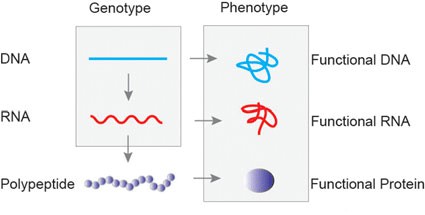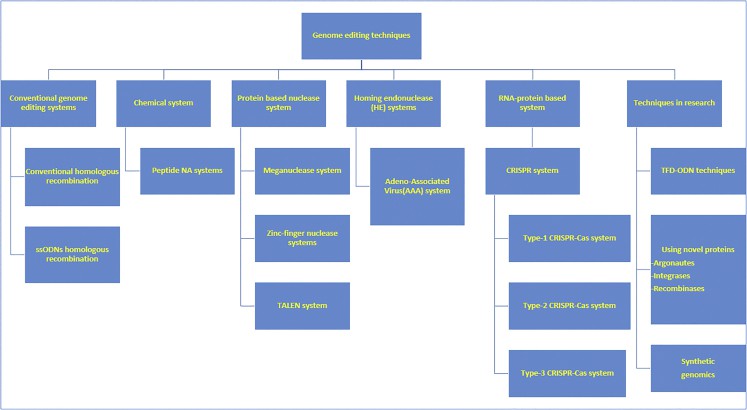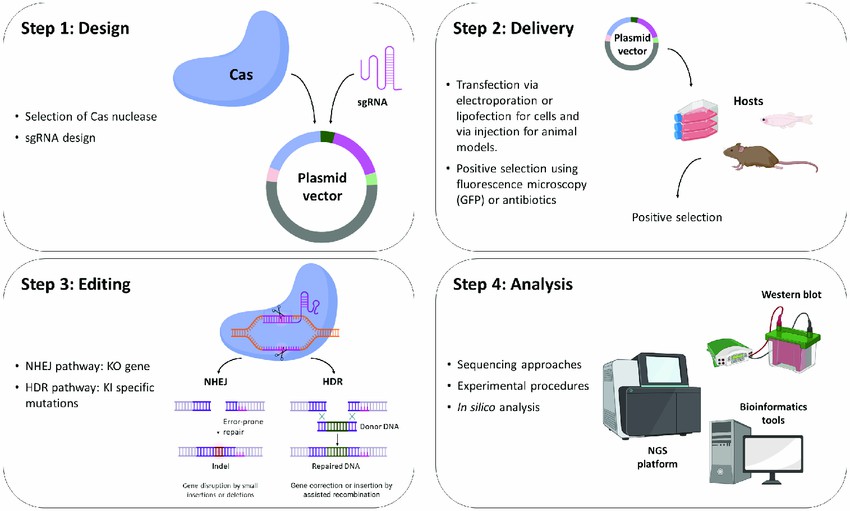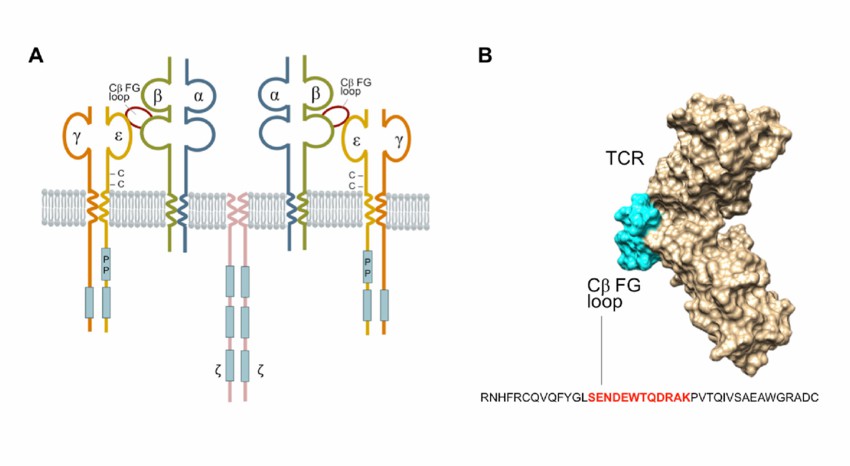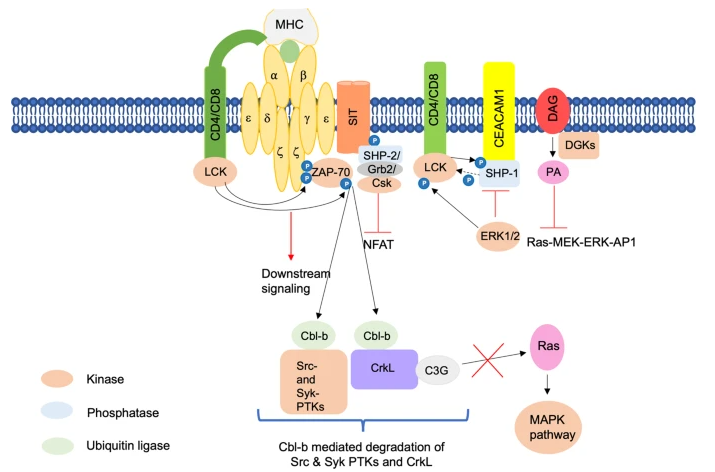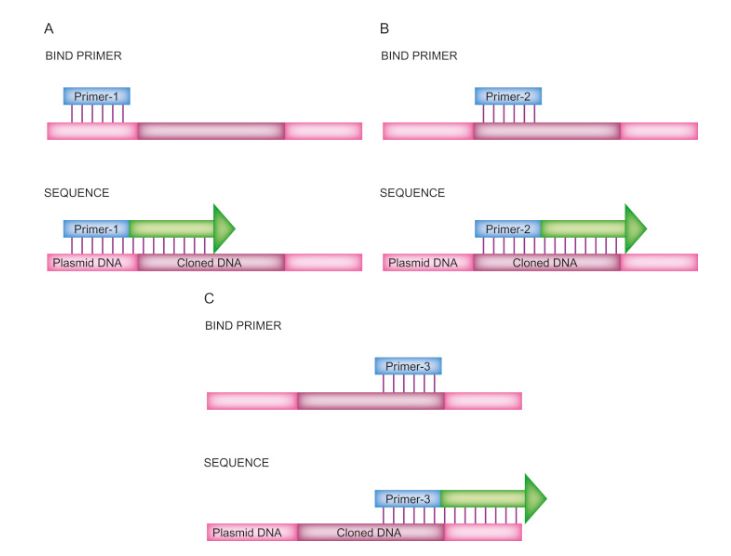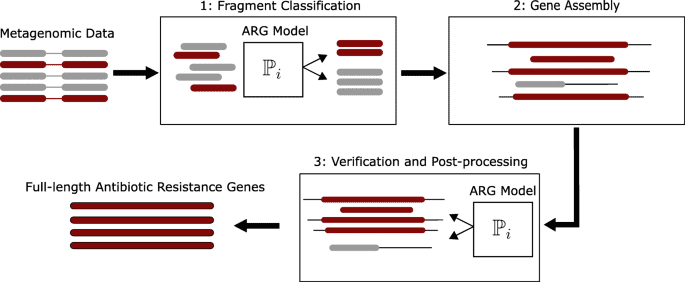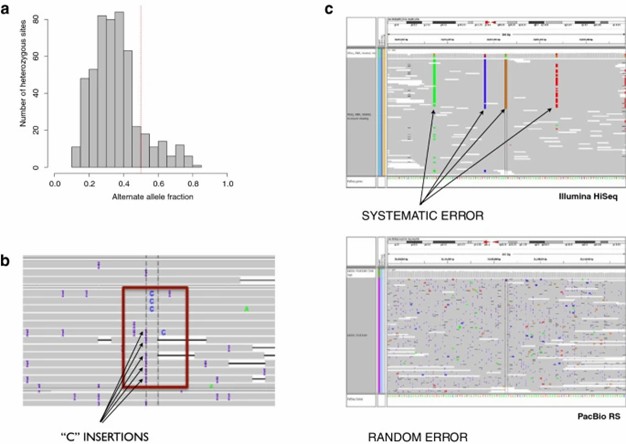
Error Rate of PacBio vs Nanopore: How Accurate Are Long-Read Sequencing Technologies
In the realm of genomics research, the error rate serves as a critical indicator of the reliability associated with sequencing technologies. Elevated error rates can result in false positive or false negative variant detections, consequently affecting the completeness and accuracy of genome assembly. PacBio and Nanopore are two prominent representatives of long-read sequencing technologies that […]


 Sample Submission Guidelines
Sample Submission Guidelines